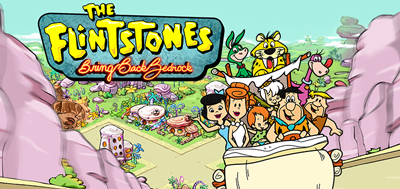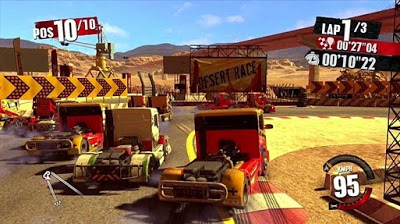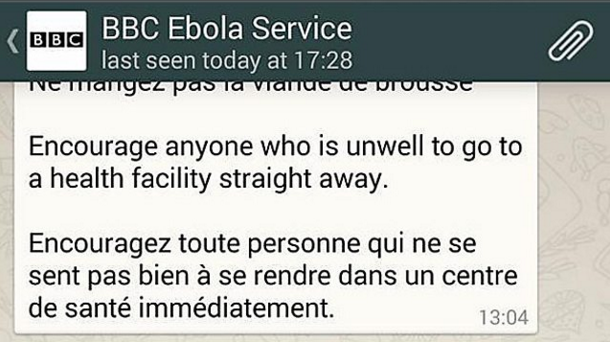

Trees bend and sway, storms blow across the landscape, buzzards circle overhead. The Witcher 3’s world moves in a way that game worlds haven’t before. It’s one of the busiest ever made, and while it’s not the biggest in terms of raw square footage, it teems with life: human and otherwise. The Northern Kingdoms are both extraordinarily beautiful and sickening at the same time. For every cracked castle artfully placed on the horizon, there's a tree full of hanging men. You're constantly confronted by astonishing views, but something murderous always lurks in the bushes nearby.
It's a place of almost relentless suffering. Humans are largely scattered across a network of small villages that you can travel between at will once the map opens up after the prologue, by horse or on foot. The starving peasants that inhabit these rickety townships are easy prey for the creatures that surround them. As Geralt, a professional monster hunter, you move from place to place, using untidy combat to dispatch their supernatural tormentors for money. The Witcher 3 is at its best when you choose solely to wander, taking sidequests from peasants and contracts from town noticeboards. Freed from the convolutions of the main plot, it's a varied and exciting realisation of the Ronin fantasy.
The overarching story centres on Geralt's adopted daughter, Ciri. As a child of the “elder blood”, she can teleport between worlds. A cohort of otherworldly riders called The Wild Hunt want to harness that ability so they can invade other worlds en masse. You have to find Ciri before they do, which is a suitable enough excuse to ride around meeting each region's most powerful figures, like the rotund and coarse Bloody Baron in the swamps of Velen; the criminal gangs of the game's huge capital city, Novigrad; and the would-be kings and queens of The Witcher 3's most extraordinary location, the isles of Skellige.
Tragically, all of these areas suffer from chronic framerate issues on the PS4 review build provided. CD Projekt RED included a letter promising that optimisation continues and a 'day zero' patch will fix things, but it's possible some of these problems will remain immediately after launch. The jerkiness seriously affects the fluidity of combat, and sporadic slowdown appears in cutscenes, and particularly in dense areas like the Velen bogs during graphically intense weather conditions like rain storms.
There are so many aspects of The Witcher 3 I'd love to talk about that won't fit into the main review: the quests for legendary armour, the blueprints that let you craft great gear or brew better potions. The main one is Gwent, a card game that almost everyone in the Northern Kingdoms plays. You can challenge merchants, blacksmiths and warlords to games so you can win more cards, build better decks and challenge the world's masters. It's deep, and stupidly addictive.
The slippery framerate exacerbates issues with the combat system, which remains largely unchanged from the Witcher 2, and has inherited all of its problems. You attack by stringing together light and strong slaps with your sword, and can use an array of magical signs to protect yourself or pulverise others. The essential Quen spell casts a shield that negates a blow. Igni roasts enemies with a flame blast. Yrden lays a trap that slows them to a drunken crawl. Aard pushes them back with concussive force, and Axii stupifies enemies.
The long-range dodge can theoretically be used to dive out of the way of monster swipes and the new short-range dodge is designed to let you pirouette around strikes so you can counter, but both are very inconsistent in practice. Expect to take a lot of unfair hits, even in cases when the enemy's strike clearly sailed past you. This problem is instantly fixed when you step into Ciri's shoes for one of her brief playable flashback sequences. Her dodge is a short-range teleport, and is immediately more satisfying.




 Everything You Need to Know About the Undersized Party Option in FFXIV
Everything You Need to Know About the Undersized Party Option in FFXIV 20 Most Successful Music World Tours in 2014
20 Most Successful Music World Tours in 2014 Hearthstone Guide: How To Build Beginner Decks For Each Class
Hearthstone Guide: How To Build Beginner Decks For Each Class How to Fix the Windows 10 Screen Flashing Problem
How to Fix the Windows 10 Screen Flashing Problem 15 Biggest WTF Moments in Video Games From The Current Generation
15 Biggest WTF Moments in Video Games From The Current Generation